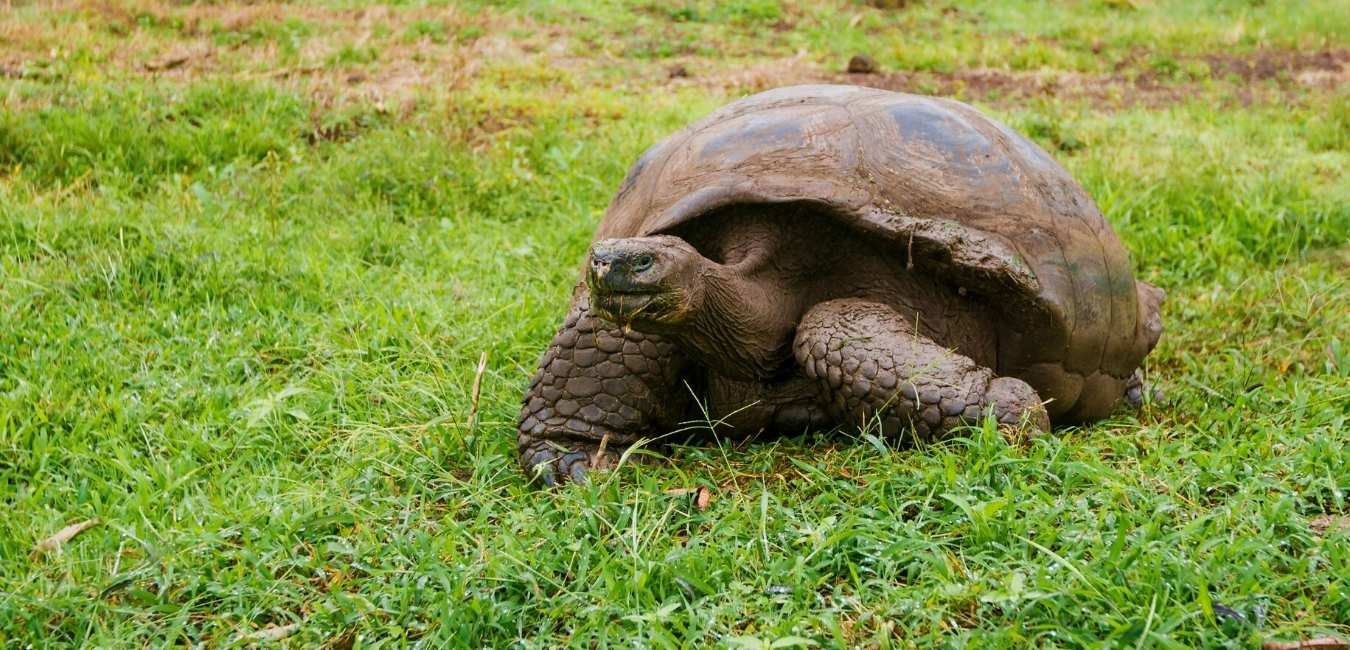Day by day
Map

Preview

Preview

Preview
Cruise Includes
Airport assistance
Transfers in Galapagos
Accommodation in double cabin
All meals during the cruise
Naturalist Bilingual Guide
All visits & excursions according to the itinerary
Snorkel Gear (mask, tube and fins)
Kayaks, paddle boards
Unlimited purified water, coffee and tea
Wetsuits, soft drinks, beach towels
Cruise does not include
Local flight to/from Galapagos
Galapagos National Park Entrance fee
Entrada al Parque Nacional Galápagos
Alcoholic drinks
Tips
Local Taxes
Travel Insurance
Service do not specified
Highlights
White-tipped and black-tipped reef sharks, green see turtles, rays, blue-footed boobies, mangroves.
Red-sand beach, Galapagos hawks, flycatchers, Darwin finches, ducks, flamingos.
Land & marine iguanas, swallow-tailed gulls, shearwaters, Darwin finches, lava gulls, oystercatchers, shorebirds, Pahoehoe lava, Galapagos penguins.
Endemic plants, exhibition on human history
Nesting great frigatebirds, red footed & Nazca boobies, Galapagos sea lions, Galapagos fur seals, lava & swallow-tailed gulls, yellow-crown night herons, Genovesa ground finch, Genovesa cactus finch, Galapagos mockingbirds.
Itinerary C 6 Days
From USD 6200,00
Enquire now
Dates & Promotions
| Dates | Itinerary | Price (USD) | Available | Hold | Promotion | |
|---|---|---|---|---|---|---|
No data | ||||||